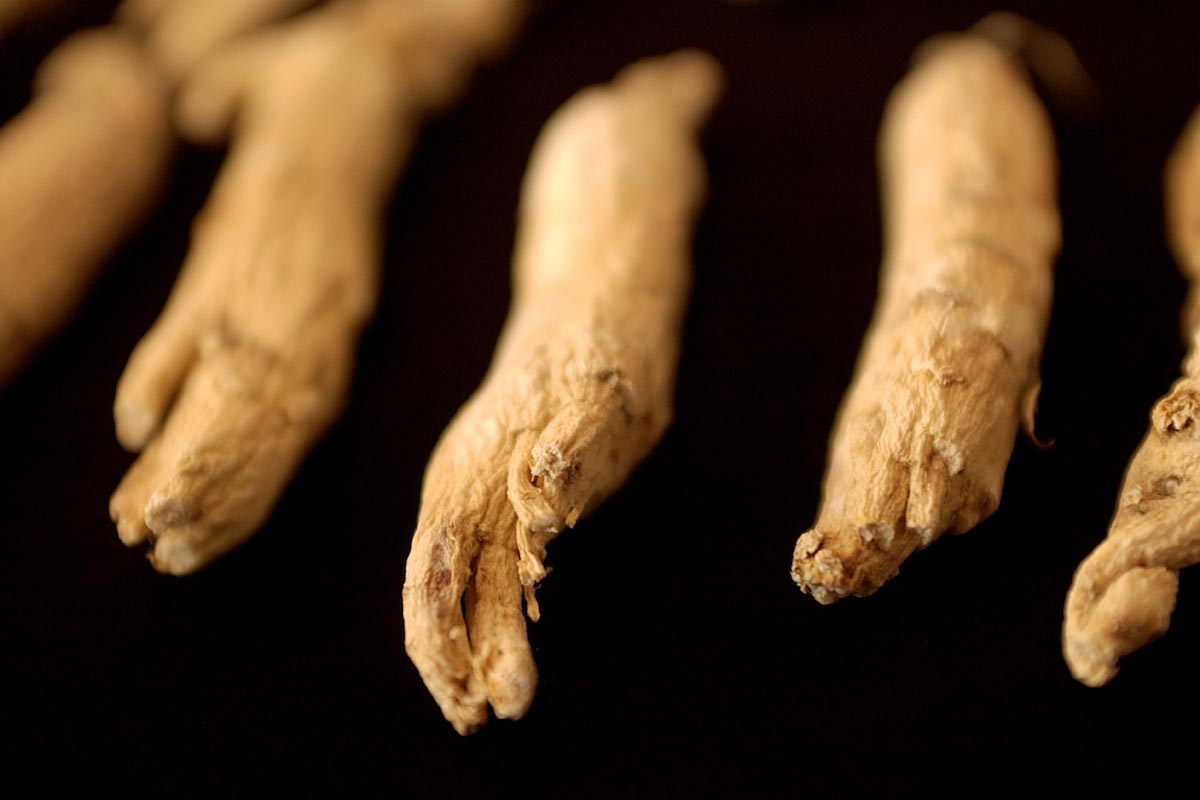Why you should be growing more root vegetables this year
05/24/2016 / By usafeaturesmedia

(Homesteading.news) Root vegetables are exactly what the name implies – they are the root of the plant. The most common root vegetables have become family staples: potatoes, sweet potatoes, carrots, onions, garlic, and beets. High in vitamins and minerals that they absorb from the ground, root vegetables are full of nutrients and are an excellent source of fiber. Many are high in vitamin C, B vitamins, and vitamin A. Many are high in antioxidants. Several have remarkable healing properties.
In choosing the best root vegetables, all should be firm, never soft, and blemish free. If the tops are still attached, you want to choose fresh leaves, not only as a means to choose the freshest vegetables, but due to the fact that the tops of many root vegetables are eaten as well as the root.
In the past, we stored root vegetables in the root cellar, a dark, cool, humid space. If you choose to store any root vegetables in the refrigerator, cover and seal them in plastic or paper and place them in a drawer or they will soon become soft. Do not refrigerate onions (except shallots and green onions) or potatoes.
Many root vegetables can be eaten raw, steamed, sauteed, baked, roasted, stir fried, or fried.
Potatoes
The number one food crop in the world, potatoes are a nutritious vegetable unless they are fried or loaded down with butter and sour cream. They are a good source of antioxidants, vitamin B6, vitamin C, potassium, manganese, phosphorus, niacin, copper, and pantothenic acid.
Potatoes are one of the “dirty dozen” with the highest pesticide residues. Choose organic potatoes to avoid these toxins.
100% organic essential oil sets now available for your home and personal care, including Rosemary, Oregano, Eucalyptus, Tea Tree, Clary Sage and more, all 100% organic and laboratory tested for safety. A multitude of uses, from stress reduction to topical first aid. See the complete listing here, and help support this news site.
Carrots
Most of the time, the carrots we see in the grocery store or farmers markets are a bright orange color, but carrots come in a variety of colors: white, yellow, red, and purple, in addition to orange.
Carrots are a well-known and proven aid to eye health, including glaucoma and cataract prevention. Newer studies include prevention of colon cancer and cardiovascular disease. They are an excellent source of vitamin A, with one cup of carrots providing more than the daily requirement. They are also a good source of vitamin C, B vitamins, vitamin K, vitamin E, manganese, potassium, and more.
Sweet Potatoes
There are about 400 varieties of sweet potatoes. Their flesh may be nearly white, cream, yellow, orange, pink, or purple. They are anti-inflammatory, have antioxidant properties, and they help maintain blood sugar levels.
- If it’s ‘all-natural’ all the time, you’ll find it here – Shop now!
The leaves of the sweet potato plant have antioxidant properties and are often added to soups. Purple sweet potatoes contain antioxidant ability more than 3 times that of blueberries. Sweet potatoes are also a very good source of vitamin C, B vitamins, manganese, phosphorus, copper, potassium, and pantothenic acid.
Onions
Onions support the cardiovascular system, benefiting both the heart and the blood vessels. They help increase bone density, support ligaments, and are an anti-inflammatory. Onions have also been shown to help prevent cancer, and they are antibacterial. Rat studies are showing onions help to balance blood sugar. They are a very good source of biotin and a good source of vitamin C, copper, B6 and B1, phosphorous, potassium, and folate.
Beets
Beets provide antioxidant, anti-inflammatory, and detoxification support. They are especially good for the nervous system and eye health. They help prevent heart disease and cancer, and their fiber is especially healthy for the digestive tract. Beets contain folate, manganese, potassium, copper, magnesium, phosphorus, vitamin C, B6, and iron.
Garlic
Garlic is antiviral, antibacterial, antifungal, and anti-inflammatory. Regularly used in alternative treatments, garlic has a long history of medicinal excellence, among them, cancer prevention and cardiovascular benefits. It is an excellent source of manganese and vitamin B6. It is a very good source of vitamin C and copper, and a good source of selenium, phosphorus, vitamin B1, and calcium.
The all-star of the group is garlic, check out, Garlic, the Most Amazing Herb On the Planet. And speaking of beetroot, if you’re looking to boost your health by giving your body a lot more nutrition, see Total Nutrition – Make your own Homemade Multivitamin and Mineral Formula.
Reporting by Kali Sinclair, NaturalNews.com.
More:
- Natural DIY pest control measures for your garden
- Five amazing gardening tricks that will make your life much easier
- Grow Your Own Superfoods in Your Home Garden This Year
Homesteading.news is part of the USA Features Media network. Check out our daily headlines here.
Tagged Under: gardening, root vegetables





















